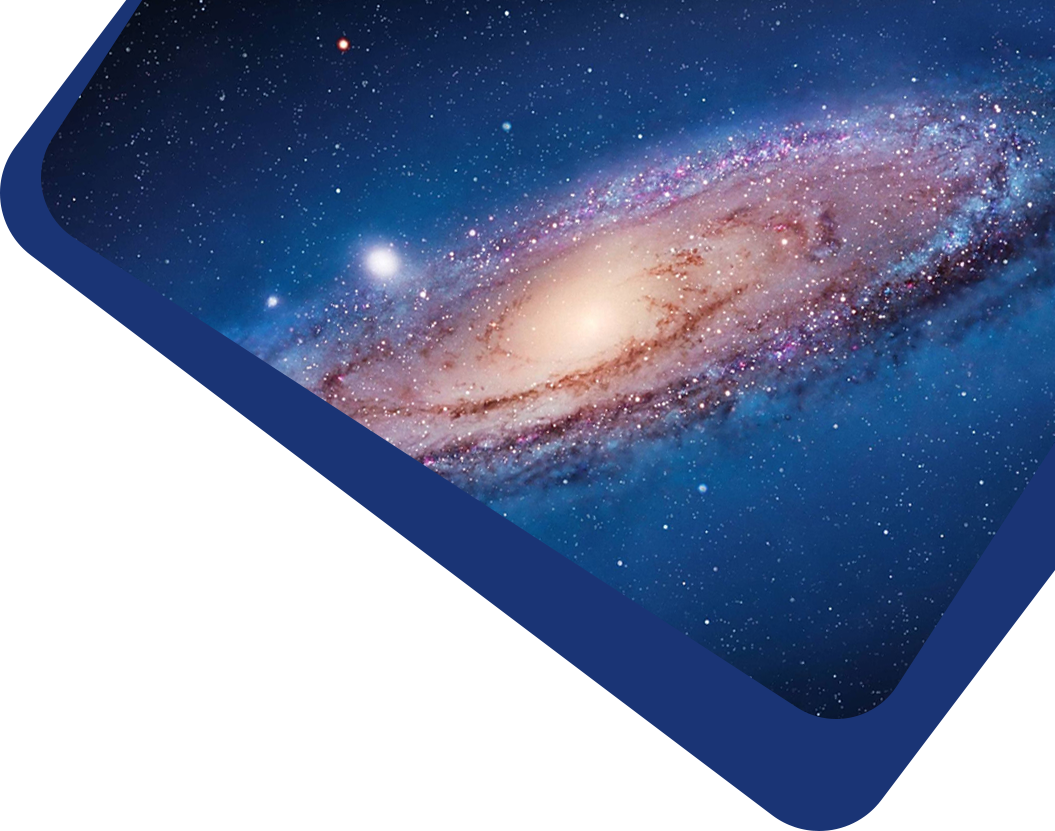The origin of the IceCube extragalactic neutrinos remains a puzzle, and it has been argued that sources at large redshifts could be responsible for producing these neutrinos. Recently, a distant blazar at z = 2.7 was proposed as a promising neutrino emitter. In this study, we perform a comprehensive multi-wavelength analysis of the high-redshift (z = 2.153) blazar PKS 0446+11, aiming to investigate its potential physical association with the co-spatial IceCube neutrino event IC-240105A. At the time of the neutrino’s arrival, PKS 0446+11 was undergoing an unprecedented γ-ray flare-the most intense recorded over the entire Fermi-LAT operational history. In addition, enhanced fluxes were simultaneously observed across other electromagnetic bands. Taking advantage of the temporal coincidence, Monte Carlo simulations yield a low chance probability (∼0.03), suggesting that PKS 0446+11 is a plausible neutrino emitter. This provides further observational support for the hypothesis that relativistic jets from active galactic nuclei in the early Universe are efficient accelerators of ultra-high-energy cosmic rays.



